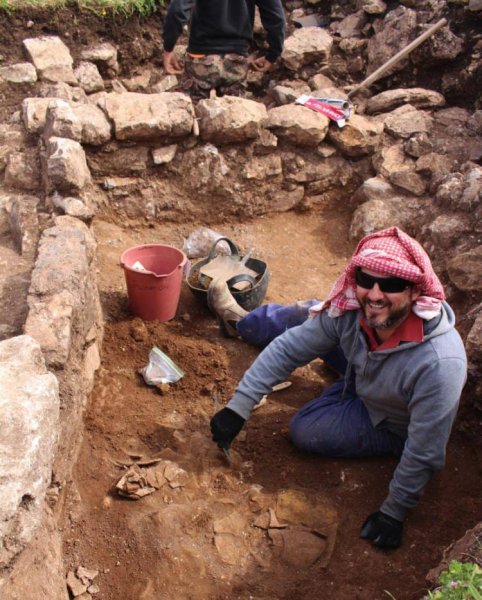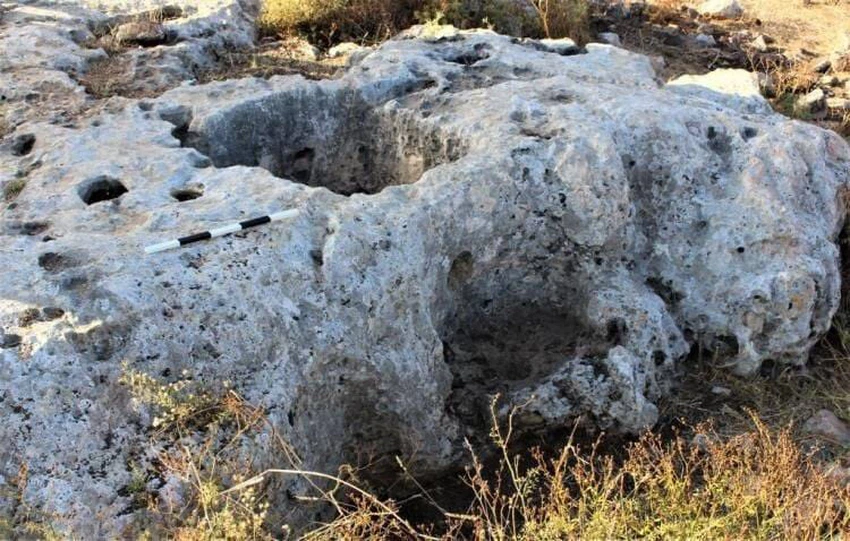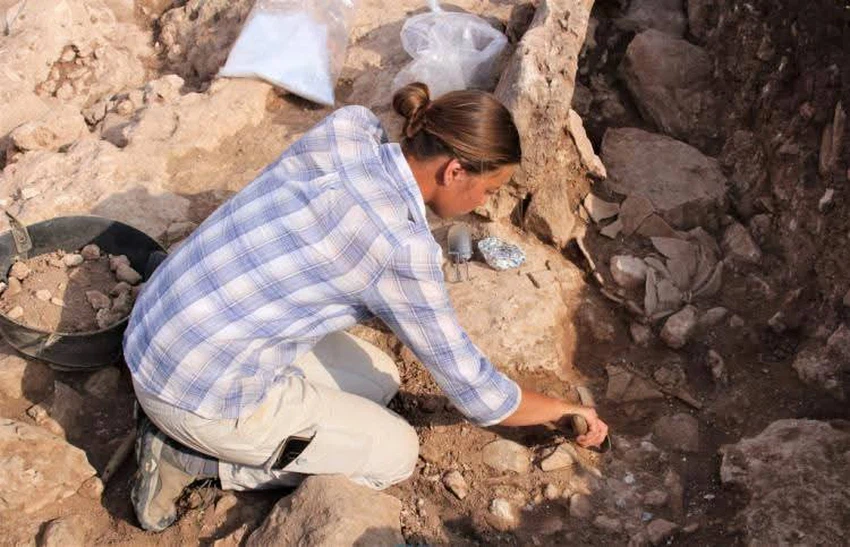Koura District is home to the oldest olive oil factory and storage facility in the world, dating back 4,500 years.
Arab Weather - An archaeological study conducted and published by Dr. Jamie Fraser, Curator of the British Museum of the Ancient Orient, and Dr. Caroline Cartwright from the University of Sydney, Australia, revealed that the oldest factory and storehouse for olive oil production in the world, dating back 4,500 years, was found in Khirbet Umm al-Ghazlan on plot No. (20) of the “Halawat al-Abd” basin No. (7) of the lands of the town of Kafr Abil, affiliated with the Koura District in Irbid Governorate - northern Jordan. It dates back to the end of the Early Bronze Age (2600-2000) BC. This advanced industrial site, dating back to the Early Bronze Age, highlights the economic and religious importance of olive oil in ancient civilizations and demonstrates the development of extraction and storage techniques, reflecting the role of olives in the stability and rise of urban societies at that time. The artifacts include pits carved into the rock for grinding olives into a paste, which was then pressed using stone balls. The ground olive paste was likely pressed in one of six olive presses dug into the nearby limestone. Each consisted of a rectangular basin in which mats loaded with ground olive paste were pressed under heavy stones. The oil flowed through a circular channel into a storage jar mounted in a collection tank below. The botanical archaeological record reveals that olive oil was considered one of the "sacred oils" and one of the most valuable commodities in the Bronze Age.


Compelling evidence suggests that the site of Umm al-Ghazlan was for specialized industrial production rather than a typical agricultural village. Plant remains, storage jars, olive presses, and stone tools together support the theory that the site was used for seasonal olive oil production.
It is a close connection between olive oil and the rise and fall of early urban societies. The site highlights how the resilient olive industry maintained strong economic forces during the period of urban collapse at the end of the third millennium BC.
Many thanks to Professor Muhammad Barakat Al-Faqih Abu Al-Moataz and Engineer Bassam Al-Faqih for providing the geographical information about the location of Umm Al-Ghazlan - Kafr Abil - Al-Koura.

Arabia Weather App
Download the app to receive weather notifications and more..



